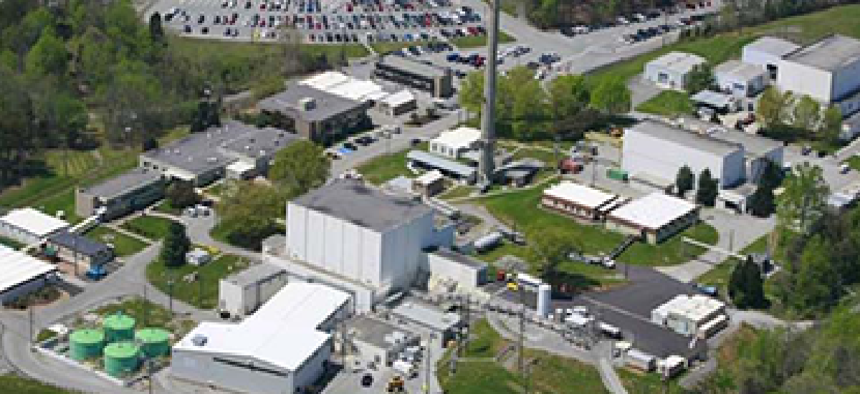Chertoff: Real-time tracking key to better network defense

Firewall-centric approaches are a 'Maginot line,' former DHS secretary warns -- tough perhaps, but useless once breached.

At Oak Ridge National Laboratory, data analysis helps detect unusual network activity, engineer says.
The big data generated by today's networks shouldn't be a scary proposition for government users or critical infrastructure providers, according to Michael Chertoff, former Secretary of Homeland Security.
Speaking at Splunk's May 16 user conference in Washington, D.C., Chertoff said the increasing threat from outside actors on defense, federal U.S. and critical infrastructure networks is higher than ever -- and growing increasingly complicated. With increasing volumes of data and an ever-expanding array of entry points on networks, the opportunity to hack into them is also at its height.
However, Chertoff -- who now heads a security consulting firm -- said that volume of data can also be used to counter cyber attacks. Within the information, he said, is a human trail that can be exploited to deter or prevent other incursions.
"Ten years ago, you had to build a really big firewall with a hard shell and a soft middle. Kind of like an 'IT Mentos,'" said Chertoff, referring to the hard-shelled candy. "That kind of defense is kind of like the Maginot line. Once someone gets around it, it's no good."
The Maginot line, built by France along its border with Germany in the 1930s, consisted of artillery, machine-gun emplacements, fortified structures and other defenses.
Chertoff said new data analysis technology that can track unusual movements and activities inside a network, as well as interpret that information in several ways, could hold an antidote of sorts for cyber threats. Real-time analysis across massive amounts of data allows quicker response, he said.
A future network that might protect nuclear and electrical power plants, financial institutions and other components of the critical infrastructure, might operate using those capabilities, he said. The effort to build more secure networks for critical infrastructure providers is being pursued under an executive order that President Obama signed in February. Chertoff predicted the networks that will evolve under the effort would have deep data analysis capabilities bolstered by real-time monitoring.
Jesse Trucks, cyber security engineer in the Cyber Operations and Integration Information Technology Services Division at the Oak Ridge National Laboratory, said the lab is using data analysis extensively to detect unusual activity on the facility's networks.
His facility, like many high-profile targets, has to fend off electronic attackers on a regular basis, he said.
Trucks said ORNL, which is managed by UT-Battelle under contract with the Department of Energy, uses data analytics to ferret out unusual activity on its networks and is looking to become even more adept at detecting unusual activity as attacks become more tailored to their victims.
Targeted spear-phishing attacks, said Trucks, can vary in effectiveness, but are becoming more common. They can leave an electronic trail of sorts, if cyber defenders know what to look for and how.
Sometimes, however, staving off the beginnings of an electronic assault can rely on the same old technology that detectives have relied on for a century -- the telephone. "Sometimes I just make a phone call to the sender to verify who they are," Trucks said of the suspicious emails that can arrive in employee inboxes.
NEXT STORY: Measuring what never happened





